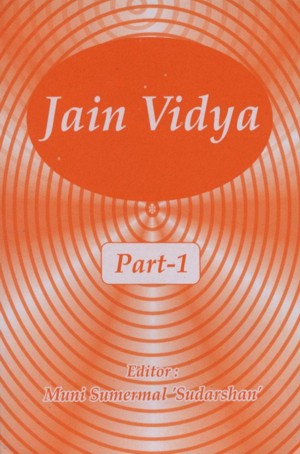Lesson - 17
Jain Religion
(Jainism)
Ques 1: What is Jainism?
Answer:
The word Jainism originated from the term ‘Jina’. Its origin is the word jina. Jina is the soul which has attained vitaragata (dispassionate state) after conquering attachment and aversion. The religion propounded by such dispassionate souls is called Jainism.
Ques 2: When was Jainism originated?
Answer:
From continuity point of view, it is eternal. But Tirthankar Rishabhadeva was the propagator of Jainism in this era. He was followed by twenty-three tirthankaras. Lord Mahavira was the last tirthankara.
Ques 3: What are the characteristics of Jainism?
Answer:
There is no place for personality cult in Jainism. Only the attributes are adored. That is why no particular person’s name is mentioned in Namaskara Mahamantra which is the most supreme mantra in Jainism.
Jain Religion is soul-centered religion. It regards soul as immortal and indestructible. Souls bound by karma ever wander in the world. Sometimes one takes birth as a human being, sometimes as a deva and sometimes as a beast or a bird. Souls, which are completely bereft of karmas attain siddhahood.
Jainism does not attach prominence to casteism. It holds that people belonging to all castes have right to observe this religion. The eleven groupleaders (ganadharas) like Gautama who were the chief disciples of Lord Mahavira were Brahmins by caste. Harikesi muni was a chandala (belonging to a very low caste) King Srenik and King Pradesi were ksatriyas by caste. Householders like Ananda were vaishyas (farmers or potters).
Ques 4: What are the chief principles of Jainism?
Answer:
The fundamental principles of Jainism are non-violence and equanimity. Non-violence means not to kill, torture or cause injury to anybody and equanimity means not to differentiate between different levels of beings.
- Jainism does not regard God as creator of the world.
- Jainism believes in pre-birth and rebirth.
- The principle of Jainism is non-absolution. It perceives every object from different perspectives.
Question:
- Who is called a Jina?
- Does Jainism attach prominence to casteism?
- Does Jainism regard god as creator-destroyer of the world?
- Does Jainism believe in rebirth?
- Which caste did Lord Mahavira’s gandhars belong to?
- Who is the founder of Jainism?
- Which caste did Harikesi belong to?
